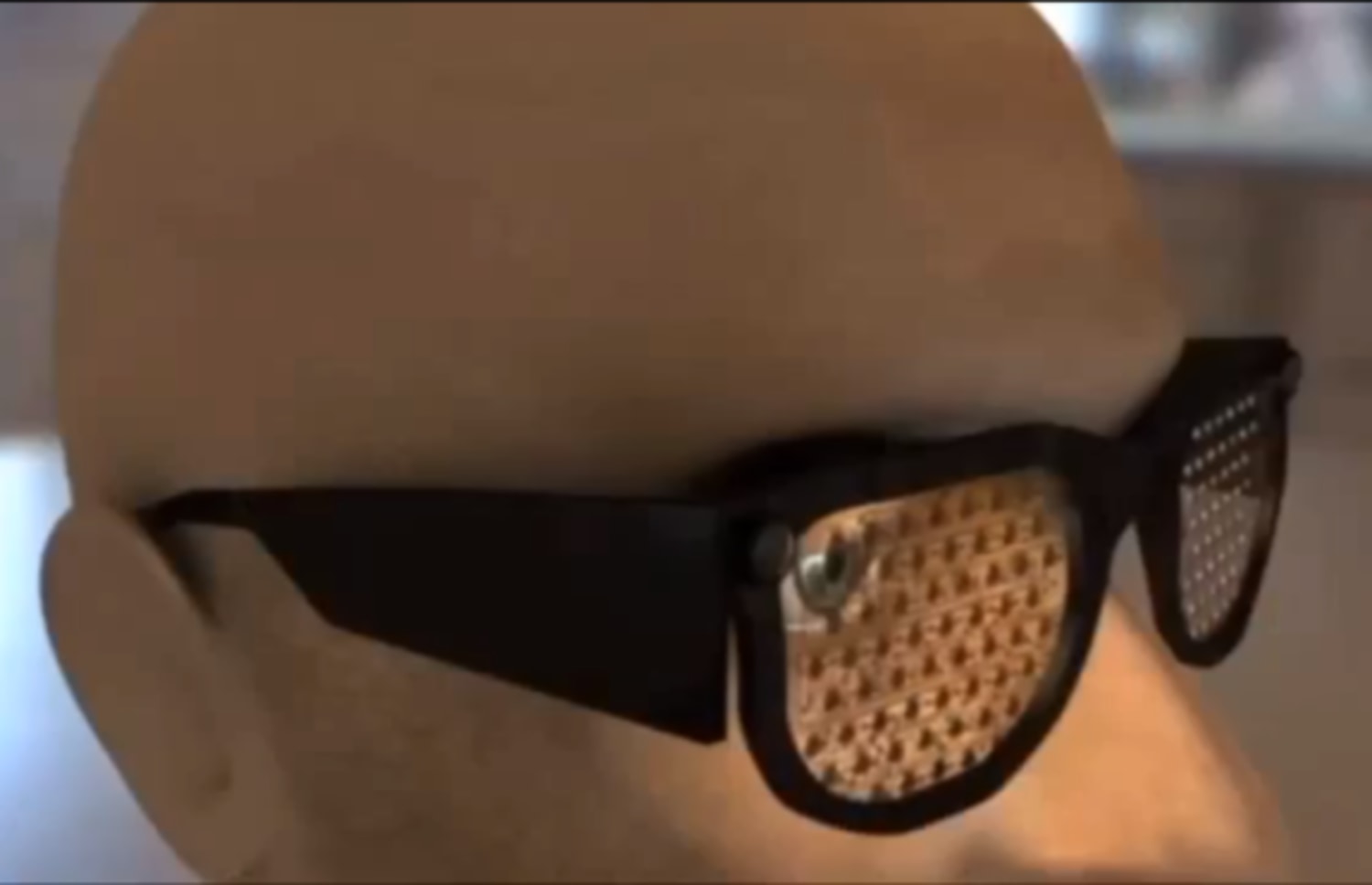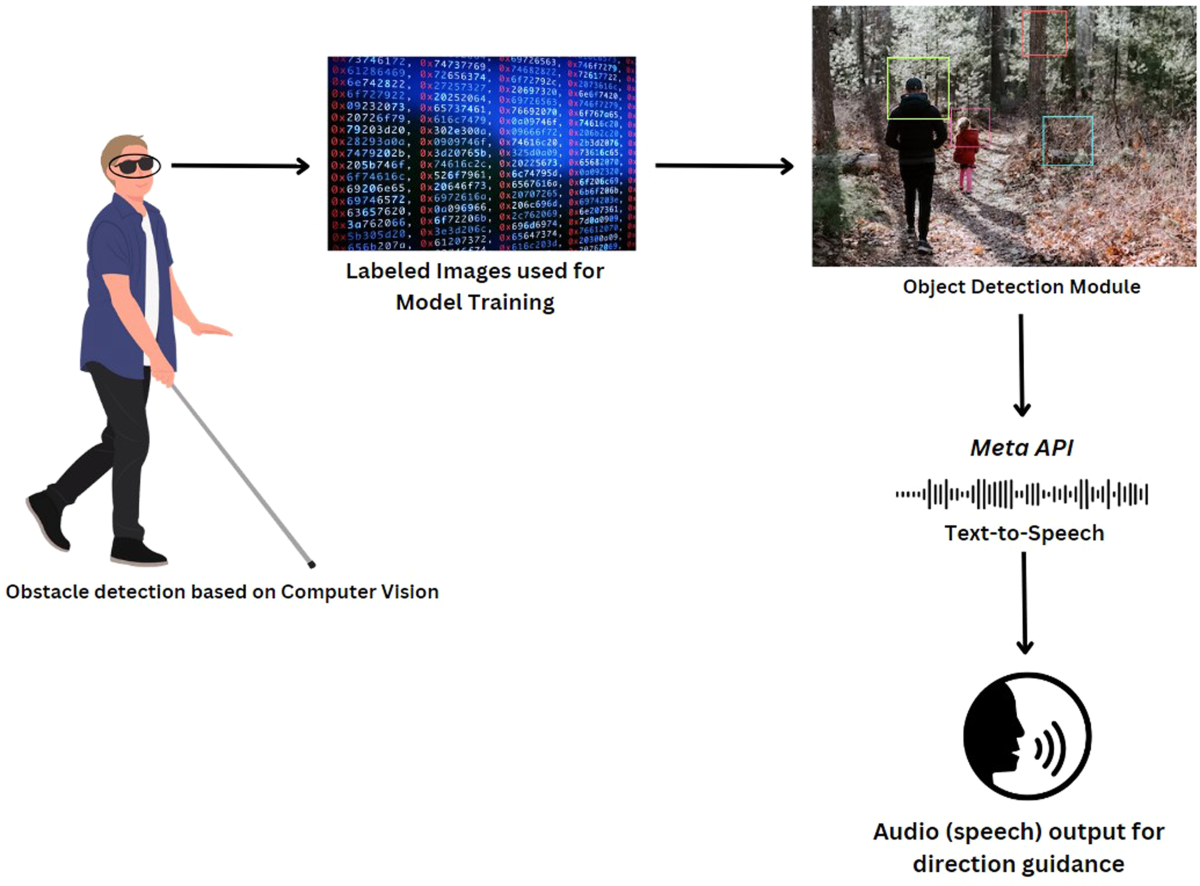Enhancing Availability With Assistive Innovation for the Blind
The integration of assistive technology for the blind stands for a critical improvement in accessibility, basically altering exactly how individuals browse their settings and involve with society. As we explore the diverse types of assistive tools and their concrete effects on day-to-day living, it becomes important to examine how ongoing technological developments are reshaping the landscape of support for the blind area.
Review of Assistive Innovation
Assistive innovation refers to a variety of devices and software application designed to boost the capabilities of people with specials needs, consisting of those that are aesthetically impaired or blind. This technology plays an important role in promoting self-reliance and improving the lifestyle for individuals. By giving alternative approaches for accessing info and carrying out everyday jobs, assistive innovation encourages individuals to navigate their atmospheres extra effectively.
The development and execution of assistive innovation welcome a selection of concepts targeted at fostering accessibility. These principles include user-centered layout, which focuses on the requirements and choices of the individual, and the integration of modern technology right into day-to-day activities. Such advancements guarantee that assistive gadgets are not only practical but very easy and also instinctive to make use of.
In addition, assistive innovation incorporates a diverse spectrum of remedies, from low-tech alternatives like magnifiers to modern developments such as screen readers and Braille displays. The recurring development of this area is driven by the need to deal with the unique difficulties encountered by individuals with aesthetic impairments (Wearable technology for low vision). As innovation continues to development, the potential for enhancing ease of access and promoting inclusivity remains appealing, eventually adding to a more equitable culture

Kinds of Assistive Devices
Various kinds of assistive tools are available to support people who are aesthetically impaired or blind, each made to deal with particular requirements and difficulties. These gadgets can be extensively classified into 3 main kinds: low-tech, mid-tech, and high-tech services.
Low-tech tools include items such as magnifiers, Braille tags, and tactile maps. These are reasonably easy devices that improve the user's capability to engage with their setting without requiring complicated innovation.
Mid-tech tools usually include extra innovative functions, such as digital magnifiers and mobile Braille note-takers. These gadgets can use functionalities like speech result, allowing individuals to access details a lot more effectively.

Effect on Daily Living
The availability of various assistive gadgets dramatically improves the high quality of life for individuals that are aesthetically damaged or blind, impacting their daily living in profound methods. By integrating innovations such as screen viewers, Braille shows, and audio summary services right into their routines, users gain higher freedom and independence. These tools promote access to info, making it possible for people to execute everyday tasks, such as checking out emails, navigating public areas, and delighting in media content.
Moreover, assistive tools empower individuals to involve more fully in social communications and area tasks. The ability to utilize mobile phones geared up with availability attributes permits for smooth communication and connection with others. This connectivity fosters a sense of belonging and reduces feelings of seclusion.
In specialist setups, assistive modern technology sustains productivity by permitting people to complete my explanation work jobs successfully. Devices like voice acknowledgment software program and specialized magnifying tools allow individuals to take part in the workforce on equal footing with their sighted peers.

Developments in Innovation
Recent technical advancements have substantially transformed the landscape of tools available for individuals who are blind or visually impaired. The integration of expert system (AI) and machine understanding has actually generated applications that enhance navigating and things recognition. For example, smart device apps can now make use of AI to identify and define environments in real-time, offering users with valuable contextual details.
In addition, developments in haptic innovation have led to the advancement of description wise canes geared up with sensing units that identify barriers and supply responsive comments. This equips individuals to navigate their atmosphere with boosted confidence and self-reliance. Furthermore, advancements in text-to-speech software and braille display screens have enhanced the access of electronic material, enabling for seamless interaction with numerous media.
Wearable modern technologies, such as clever glasses, are additionally making strides in assisting visual problems. These devices can give increased reality experiences, overlaying critical information onto the customer's area of view. Collectively, these advancements not just boost the top quality of life for people who are blind but likewise advertise better addition in culture. As modern technology remains to develop, the potential for also more transformative tools stays on the perspective.
Future Trends and Innovations
As modern technology swiftly progresses, the future of assistive devices for individuals who are blind holds tremendous pledge. Innovations in artificial intelligence (AI) and artificial intelligence are positioned to revolutionize the method blind individuals engage with their environments. As an example, AI-driven applications are being established to boost things recognition, allowing individuals to identify and navigate their surroundings with higher convenience and accuracy.
Moreover, developments in haptic comments technology are allowing the creation of tactile maps and navigating help that supply real-time details via touch. These developments not just improve flexibility but additionally foster independence. In addition, wearable tools equipped with augmented fact (AR) features are emerging, using individuals visual information via sound summaries, consequently bridging the void in between the physical and electronic globes.
Additionally, the assimilation of clever home technology presents brand-new chances for accessibility, enabling individuals to are optometrist real doctors regulate their living atmospheres through voice commands or mobile phone applications. As cooperation in between technology programmers and the blind community proceeds, the emphasis on user-centered layout will certainly ensure that future developments are customized to fulfill the one-of-a-kind demands of this populace (Wearable technology for low vision). The trajectory of assistive modern technology assures an extra inclusive and empowering future for individuals who are blind
Verdict
In conclusion, assistive technology plays a vital duty in improving access for people with aesthetic impairments. Constant advancements in innovation and user-centered layout ensure that these devices provide efficiently to the unique needs of the blind neighborhood.
The combination of assistive modern technology for the blind represents an essential improvement in ease of access, fundamentally modifying just how individuals navigate their settings and engage with culture.Assistive technology refers to a range of devices and software program developed to improve the capacities of people with handicaps, including those who are blind or aesthetically impaired. Wearable technology for low vision.As innovation quickly progresses, the future of assistive devices for individuals that are blind holds tremendous pledge. The trajectory of assistive technology guarantees an extra inclusive and empowering future for individuals who are blind
In verdict, assistive modern technology plays an essential function in boosting ease of access for individuals with aesthetic disabilities.